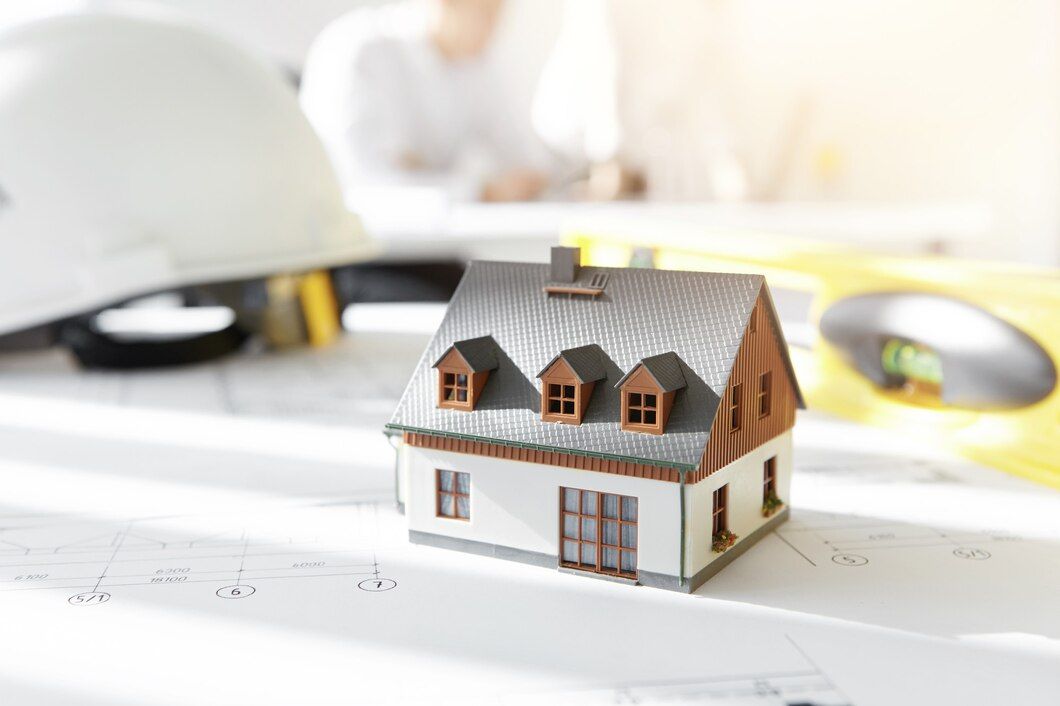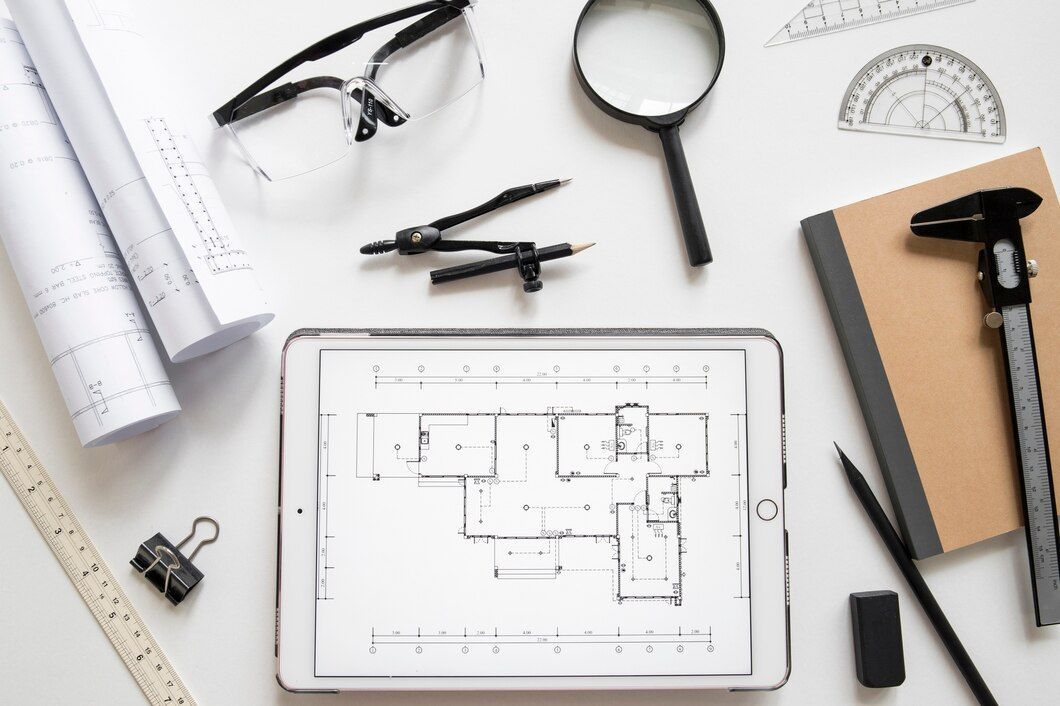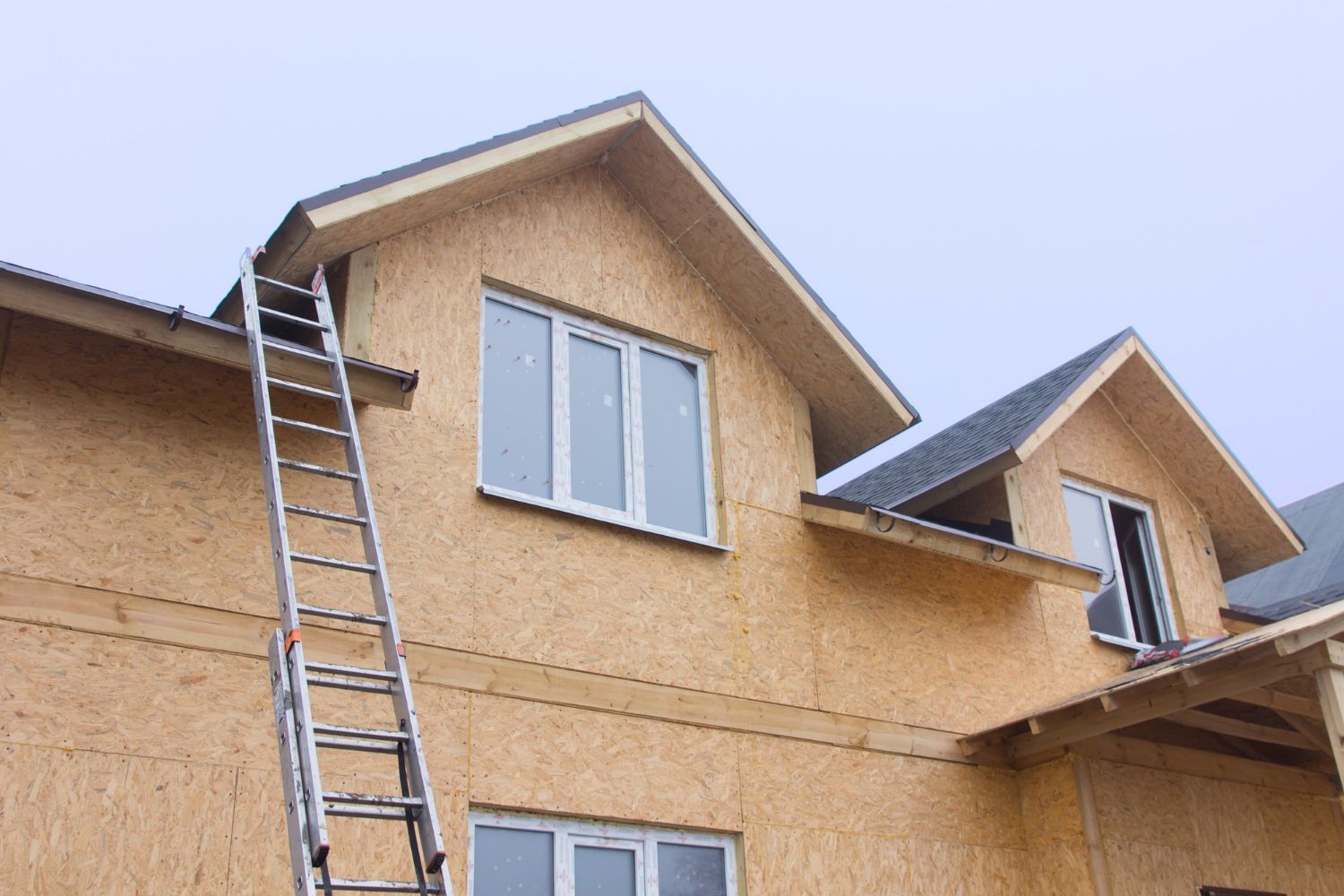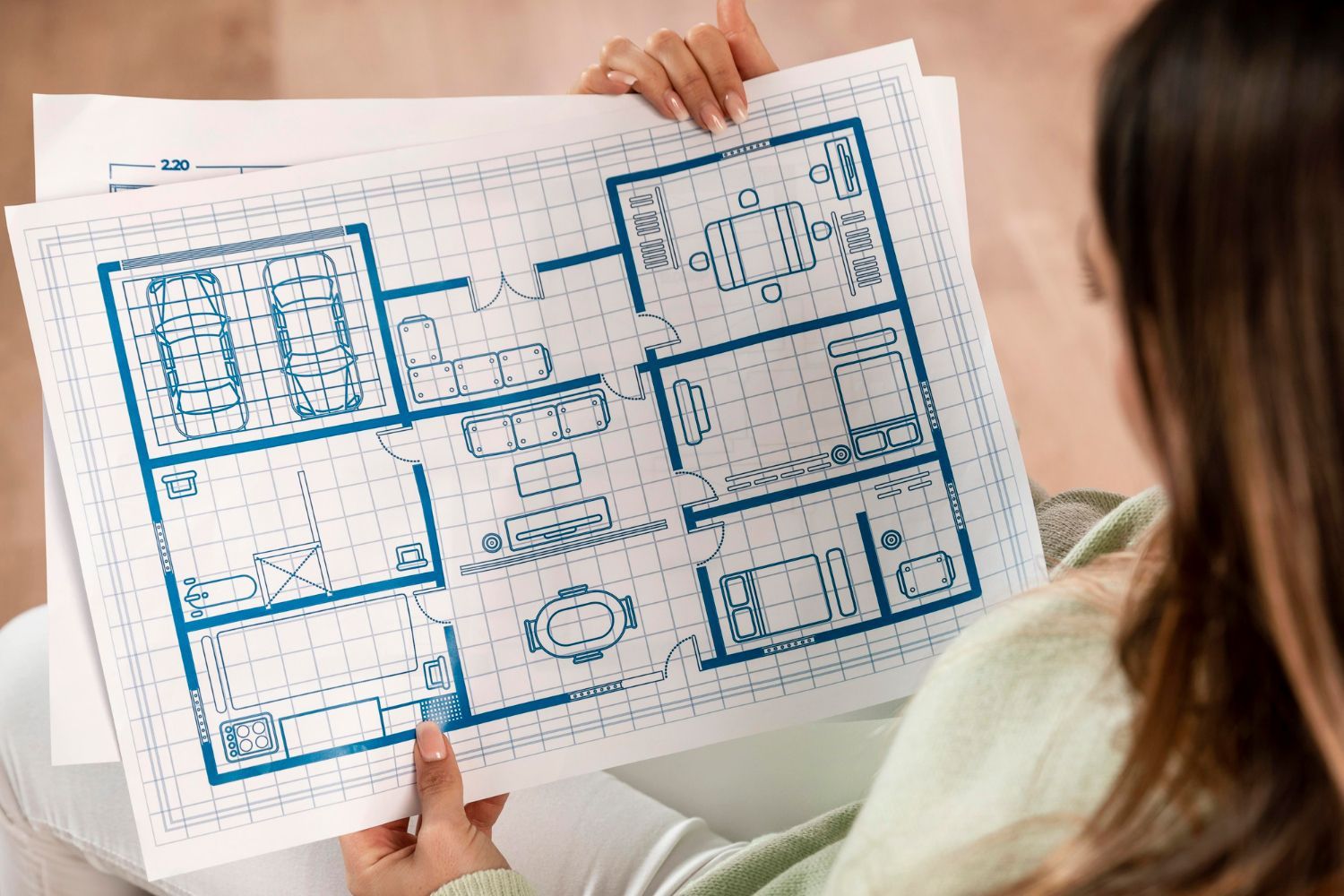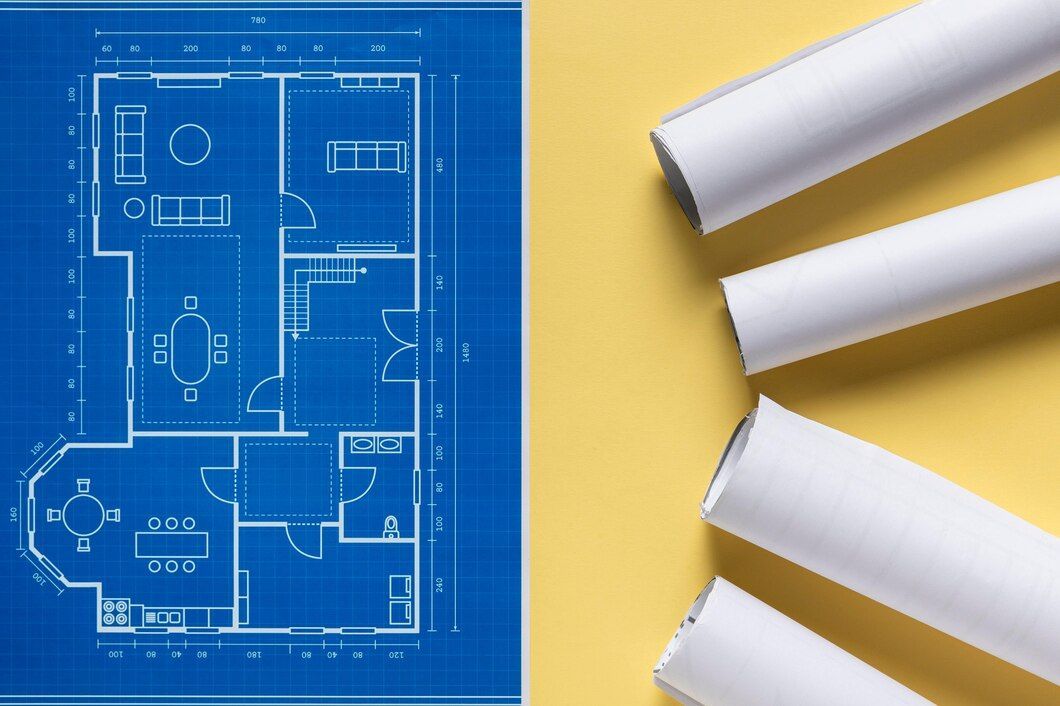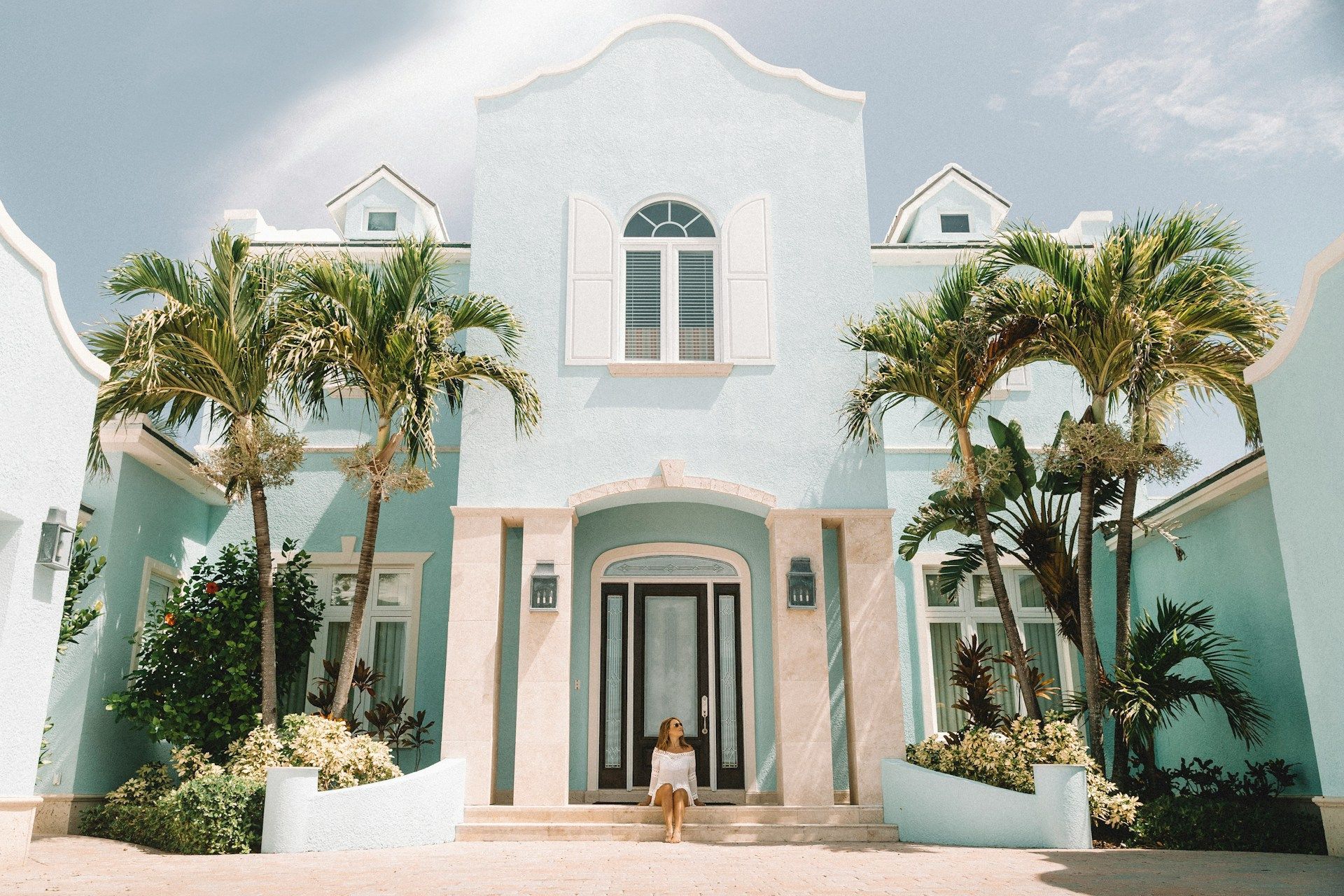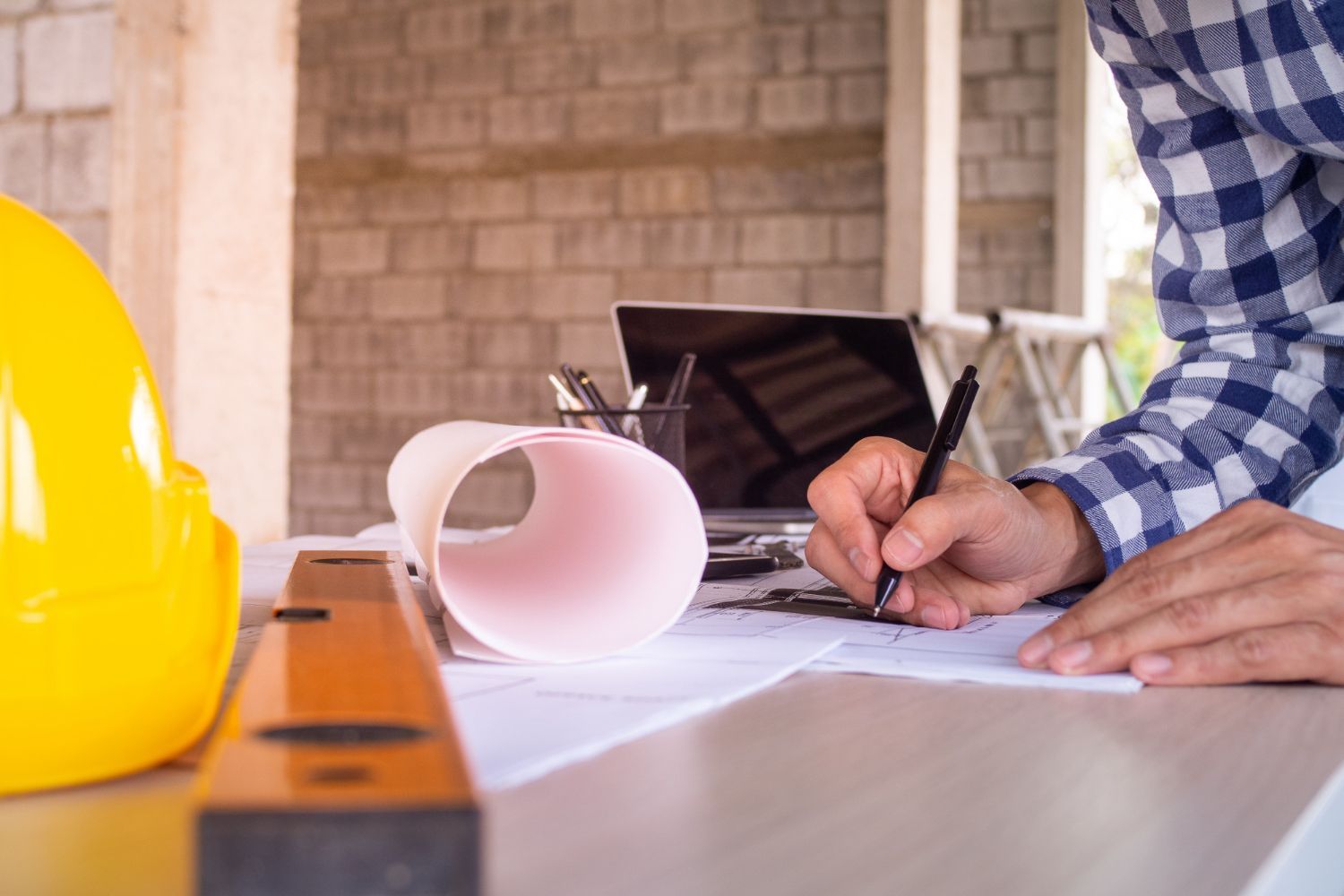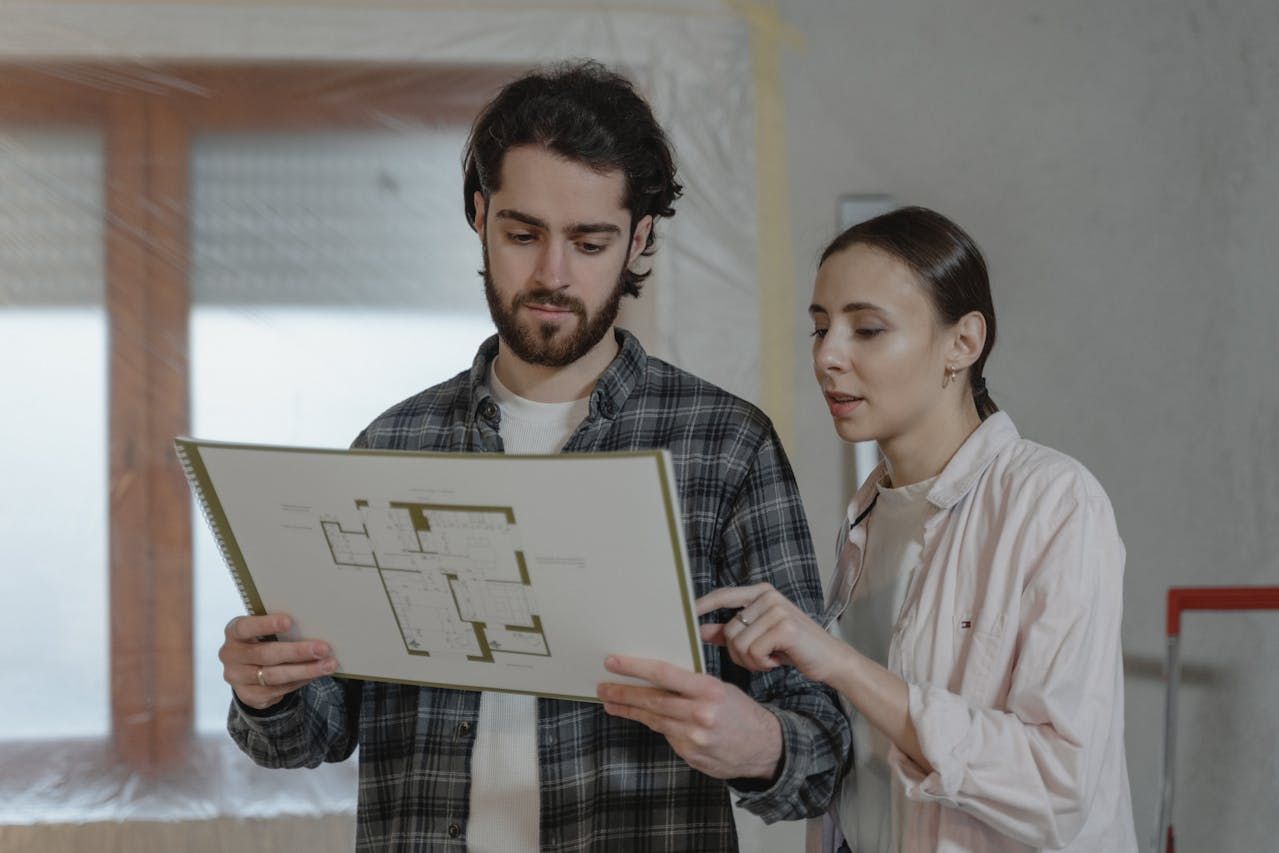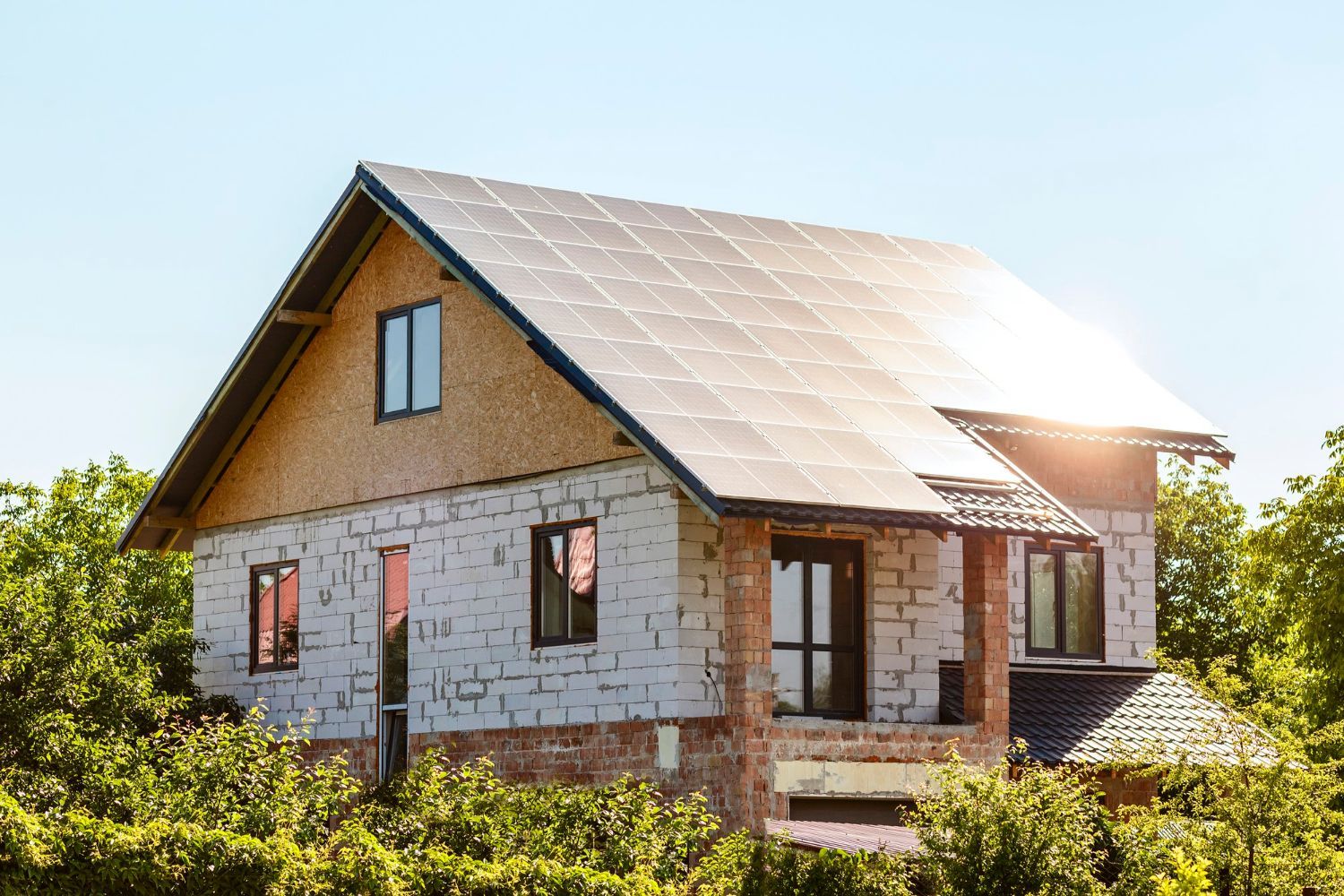541-815-0855
custom@mhbi.us
A Simple Guide to Building a New Home
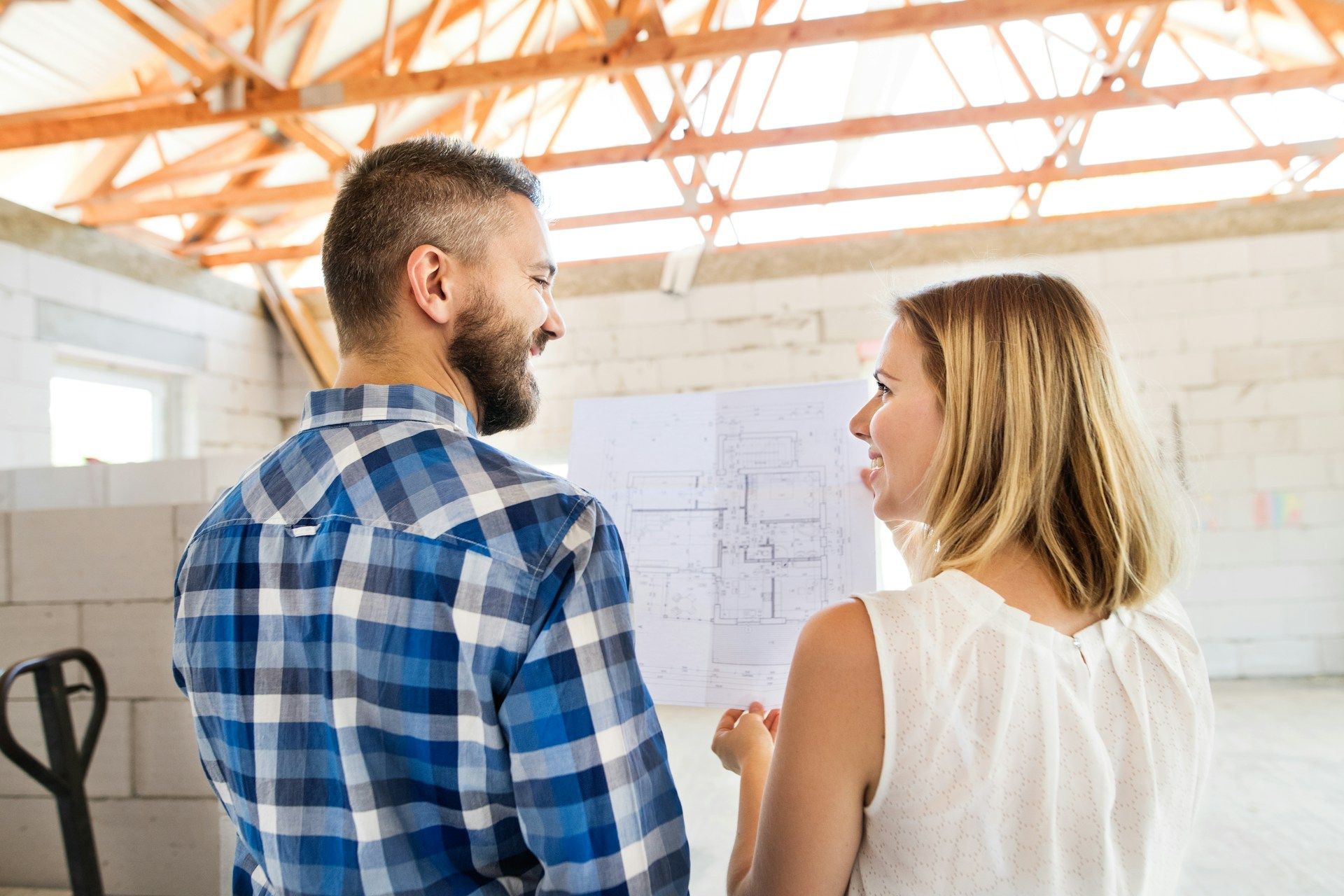
Building a new home is an exciting journey, but it can feel overwhelming if you don't know where to start. With clear guidance, you can transform your dream into reality. This guide will walk you through the essential steps involved in building a custom home, making the process simple and achievable.
One of the first decisions you'll make is choosing the right location for your home. The location affects your daily life, commute, and overall satisfaction. Once you have a site, designing your custom home layout is the next big step. This phase allows you to tailor the house to your family's needs and lifestyle, ensuring that everyone feels at home.
Understanding the building process can help you manage expectations and stay on track. Knowing each stage from groundbreaking to finishing touches keeps surprises to a minimum. Incorporating sustainable practices ensures your home is eco-friendly and energy-efficient, adding long-term value and comfort.
By breaking down the tasks into simple, manageable steps, building your new home can be a smooth and enjoyable process. This guide will help you navigate each phase with confidence and clarity.
Choosing the Right Location for Your Home
Choosing the right location for your home is a critical first step. The location you pick will influence your daily routine, your commute, and your overall lifestyle. Here are some key factors to consider:
1. Proximity to Essential Services: Make sure the location is close to schools, hospitals, grocery stores, and other essential services. Being near these necessities can make your life easier and more convenient.
2. Neighborhood Safety: Research the safety of the neighborhood. Look for areas with low crime rates and good community engagement. A safe neighborhood offers peace of mind for you and your family.
3. Commute and Transportation: Think about how far the location is from your workplace or other frequently visited places. Easy access to public transportation or major highways can save you time and reduce stress.
4. Community and Amenities: Consider the community vibe and available amenities. Parks, recreation centers, and social activities can enhance your living experience and provide opportunities for family fun.
5. Future Growth: Investigate the area’s growth potential. Locations with future development plans can increase the value of your property over time. Check for upcoming projects like new schools, shopping centers, or green spaces.
By evaluating these factors, you can choose a location that suits your needs and enhances your quality of life.
Designing Your Custom Home Layout
Designing your custom home layout is your chance to create a space that fits your lifestyle perfectly. This step involves several important decisions that will shape the comfort and functionality of your home.
1. Assess Your Needs: Consider the current and future needs of your family. Think about the number of bedrooms and bathrooms, living spaces, and any special rooms like a home office or playroom. Plan for both present uses and future growth.
2. Optimize Flow and Functionality: Design a layout that promotes easy movement and efficient use of space. Ensure that common areas like the kitchen, dining room, and living room are easily accessible. Place bedrooms in quieter areas of the home to create restful spaces.
3. Focus on Natural Light: Maximize natural light by strategically placing windows and choosing an open floor plan. Natural light can make spaces feel larger and more inviting. It can also help reduce energy costs by lessening the need for artificial lighting.
4. Include Storage Solutions: Integrate plenty of storage options throughout the home. Built-in closets, cabinets, and shelving can keep your home organized and clutter-free.
5. Personalize Your Space: Add personal touches that reflect your style and preferences. Whether it’s a cozy reading nook, a state-of-the-art kitchen, or a luxurious bathroom, make sure the design includes features that make you feel at home.
Taking the time to thoughtfully design your custom home layout ensures that your new home will be a perfect fit for you and your family.
Understanding the Building Process
Understanding the building process can help you manage your expectations and keep the project on track. This process involves several stages from planning to completion.
1. Planning and Permits: Before construction starts, you need to get the necessary permits. This involves submitting plans to your local building department for approval. It's important to follow all regulations to avoid delays.
2. Site Preparation and Foundation: The construction begins with clearing the land and laying the foundation. This stage sets the groundwork for your home's structure. A solid foundation ensures the stability and durability of your home.
3. Framing and Roof Installation: The next step is framing, which involves building the skeleton of your house. After framing, the roof is installed, creating a weatherproof shell.
4. Plumbing, Electrical, and HVAC: Once the structure is up, the plumbing, electrical systems, and HVAC are installed. These systems are crucial for the functionality and comfort of your home.
5. Interior and Exterior Finishing: The finishing stage includes installing insulation, drywall, flooring, and cabinetry. Exterior finishing like siding and painting is also done at this point.
6. Final Inspections and Walkthrough: After construction is complete, a final inspection ensures everything meets code requirements. You’ll also do a walkthrough to check for any issues that need addressing before moving in.
Being aware of these stages helps you understand what to expect as your home takes shape.
Incorporating Sustainable Practices
Incorporating sustainable practices into your home-building process benefits both the environment and your wallet. Here are some ways to make your home more eco-friendly:
1. Energy-Efficient Appliances: Choose appliances that use less energy and water. Energy Star-rated appliances are a good option for saving energy in the long run.
2. Renewable Energy Sources: Consider installing solar panels or wind turbines. These renewable energy sources can significantly reduce your energy bills and carbon footprint.
3. Sustainable Building Materials: Use materials that are recycled, reclaimed, or sustainably sourced. These materials reduce waste and are often more durable.
4. Water Conservation: Install low-flow fixtures and rainwater harvesting systems. These practices help conserve water and lower your utility bills.
5. Insulation and Windows: Proper insulation and energy-efficient windows keep your home warm in the winter and cool in the summer. This reduces the need for heating and cooling, saving energy.
6. Smart Home Technology: Use smart thermostats and lighting systems to optimize energy use. These technologies help you monitor and reduce your energy consumption automatically.
By adopting these sustainable practices, you can create a home that is not only comfortable but also environmentally responsible.
Conclusion
Building a new home is an exciting and rewarding journey. By choosing the right location and designing a custom layout, you set the foundation for a home that meets your needs. Understanding the building process helps you navigate each stage with confidence, ensuring a smooth progression from start to finish. Incorporating sustainable practices not only benefits the environment but also enhances the efficiency and value of your home.
Now that you have a clear guide, you're ready to take the first steps toward building your dream home. Each decision you make, from site selection to installing energy-efficient appliances, brings you closer to creating a place you'll love.
If you're ready to start building your
custom home in Bend, Oregon, Mountain High Builders is here to help. Contact us today to discuss your project, and let us help make your dream home a reality.
Are you planning to renovate your home?

Mountain High Builders strives to build exceptional homes for our clients, alongside strong relationships that last a lifetime.
Contact us
Phone: 541-815-0855
Email: custom@mhbi.us
Address: Square Loop, 1012 SE
Cleveland Ave #5, Bend, OR 97702
Menu
All Rights Reserved |
All Rights Reserved | Mountain High Builders


